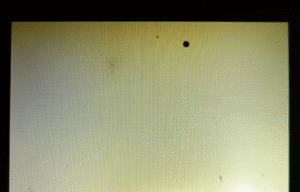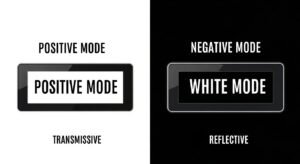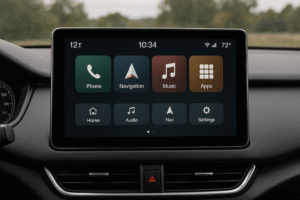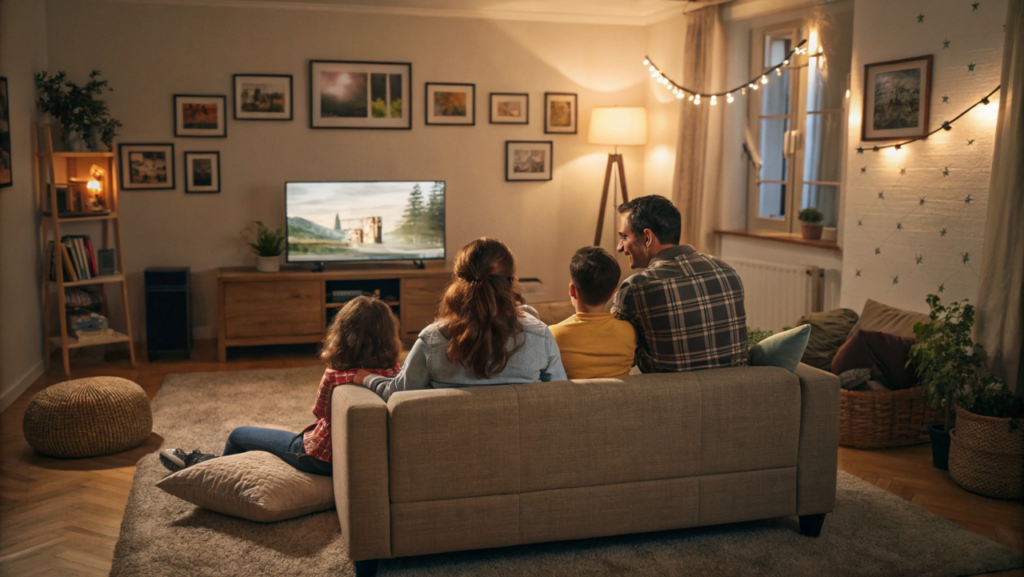
Mini LED displays offer great image quality, but some users find them hard on the eyes. As someone who’s worked with LCD modules for 14 years, I’ve learned ways to make these screens easier to look at. Let’s explore how to reduce eye strain from Mini LED displays.
What Causes Eye Strain in Mini LED Displays?
Mini LED screens can tire eyes due to their bright light and high contrast. The way they dim (called PWM) may also bother some people. But Mini LED’s ability to dim parts of the screen can actually help in some cases.
Technical Details:
- Brightness: Mini LEDs can go up to 1000-2000 nits, much brighter than old LCDs
- Contrast: They can reach ratios of 1,000,000:1 or more
- Dimming (PWM) speed: Most Mini LEDs dim at over 1000 Hz, which most people can’t see flicker from
Additional Considerations:
- Everyone’s eyes are different
- Room lighting matters a lot
- Using any screen for a long time can make eyes tired
How Can Display Settings Be Optimized for Consistent Eye Comfort?
Changing screen settings is key to reducing eye strain. In my experience, adjusting brightness and using adaptive features can really help. Many people don’t know about these simple fixes. The trick is to set up profiles for different lighting conditions.
Technical Details:
- Brightness: Aim for 40-60% of max in most cases
- Contrast: Lower to 70-80% of max for easier viewing
- Color temperature: Use warmer colors (4000K-5000K) to cut blue light
- Turn on True Tone or similar features if you have them
Additional Considerations:
- Set up profiles for day and night use
- Use apps like f.lux to auto-adjust settings based on time of day
- Create custom modes for different tasks (e.g., reading, movie watching)
What Environmental Factors Affect Eye Strain with Mini LED?
The room you’re in really matters for eye comfort with Mini LED screens. I’ve found that good lighting and proper setup are often missed but super important.
Technical Details:
- Room light: Aim for 300-500 lux for best viewing
- Screen height: Put the top of the screen at or just below eye level
- Distance: Sit about 20-28 inches (50-70 cm) from the screen
Additional Considerations:
- Use anti-glare screens to cut reflections
- Make sure the room has good air flow to prevent dry eyes
- Try putting a light behind the screen to make the contrast seem less harsh
Are There Any Specific Eye Care Techniques for Mini LED Users?
Yes, there are ways to help your eyes when using Mini LED screens. From my testing, I’ve found that taking breaks and doing eye exercises can really help you feel better.
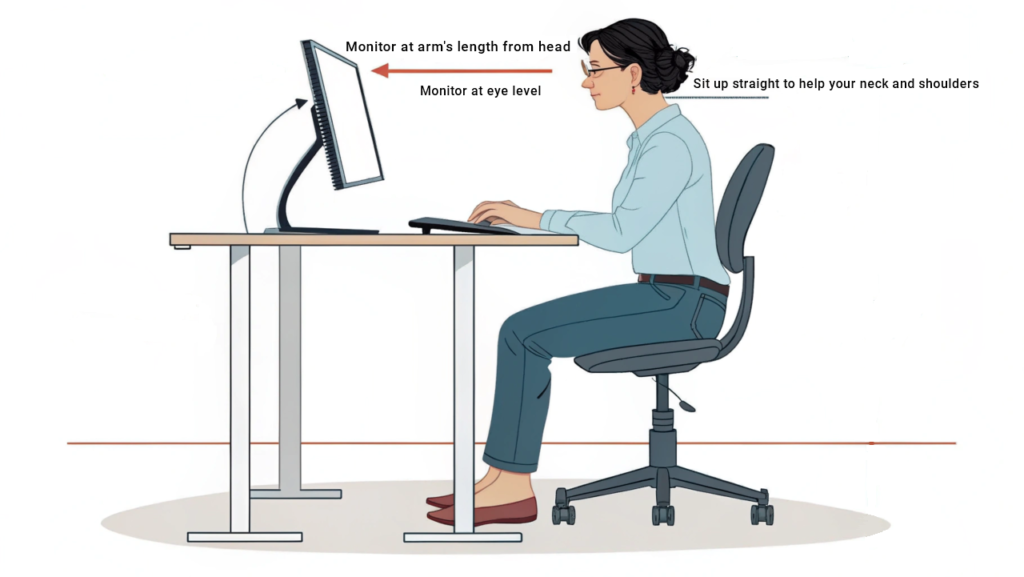
Technical Details:
- 20-20-20 rule: Every 20 minutes, look 20 feet away for 20 seconds
- Blink practice: Blink fully 10-15 times every hour to keep eyes moist
- Focus changes: Look at things near and far to relax eye muscles
Additional Considerations:
- Use eye drops to fight dryness
- Sit up straight to help your neck and shoulders, which affects your eyes
- Try blue light glasses for long screen sessions
How Does Mini LED Compare to Other Display Technologies for Eye Strain?
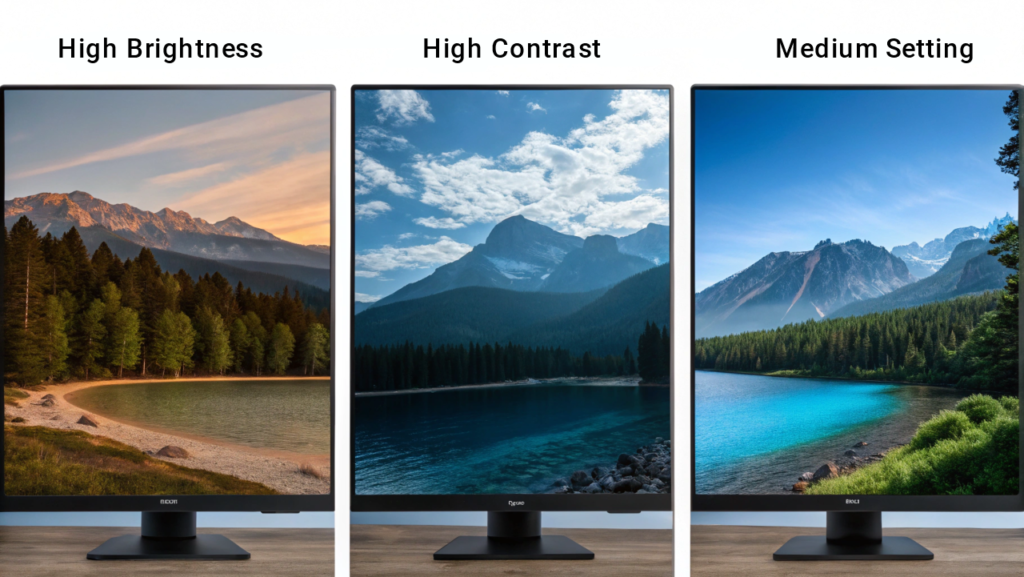
In my experience, Mini LED is pretty good for eye comfort compared to other types. It balances good picture quality with less eye strain. But everyone’s experience can be different.
Technical Details:
| Screen Type | Good for Eyes | Not So Good for Eyes |
|---|---|---|
| Mini LED | Can dim parts of screen, fast refresh | Some may be sensitive to dimming method |
| OLED | Perfect blacks, no backlight | Can get image burn-in |
| Regular LCD | Familiar to most people | Limited contrast, may have uneven backlight |
Additional Considerations:
- Some prefer OLED for night use
- Mini LED is great for HDR content
- Your own sensitivity matters when picking a screen type
FAQ
Can Mini LED screens hurt eyes permanently?
Normal use of Mini LED screens doesn’t cause lasting eye damage. But using them for too long without breaks can make your eyes uncomfortable for a while.
Is Mini LED better for eyes than OLED?
Both have pros and cons. Mini LED is bright with good dimming, while OLED has perfect blacks. The best choice depends on what your eyes like and how you use the screen.
How often should I rest my eyes when using a Mini LED screen?
Try the 20-20-20 rule: every 20 minutes, look at something 20 feet away for 20 seconds.
Can I use blue light filters on Mini LED screens?
Yes, you can. Many devices have built-in options, or you can wear blue light glasses.
Do all Mini LED screens use PWM for dimming?
Most do, but they dim so fast (usually over 1000 times per second) that most people don’t notice any flicker.



